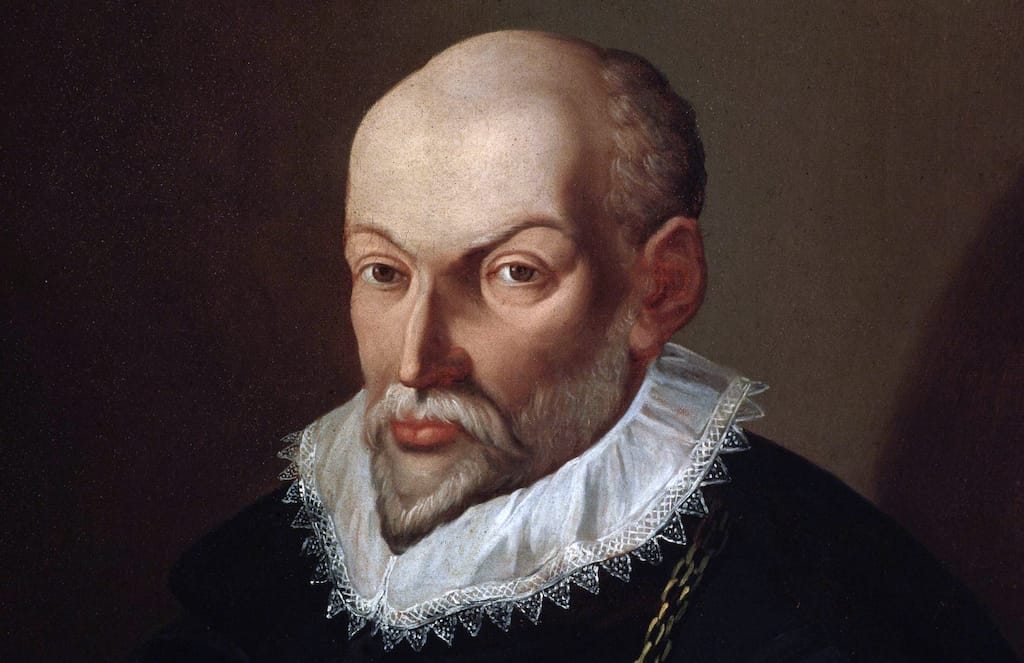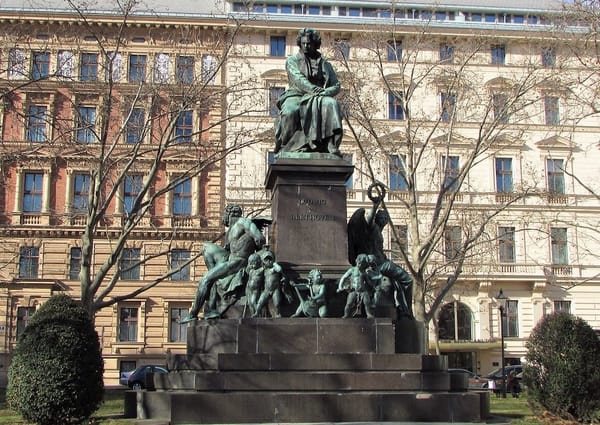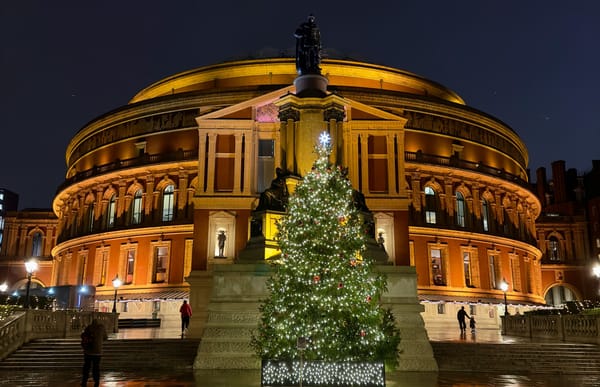The Architects of Polyphony: How Palestrina and Lassus Shaped Renaissance Music

The Renaissance era, spanning roughly from the 14th to the 17th century, marked a profound transformation in the landscape of Western classical music. Central to this evolution was the development of polyphony—a complex style of musical composition that interweaves multiple independent melodic lines. Among the leading figures who propelled this intricate art form were Giovanni Pierluigi da Palestrina and Orlande de Lassus. Their contributions not only defined the standards of Renaissance music but also laid the groundwork for future generations of composers. This article delves into the lives, works, and enduring legacies of Palestrina and Lassus, exploring how they shaped the course of music history.

Giovanni Pierluigi da Palestrina: The Master of Sacred Polyphony
Giovanni Pierluigi da Palestrina (1525-1594) is often hailed as the epitome of Renaissance polyphony. His music embodies the clarity, balance, and purity that characterized the Catholic Church’s Counter-Reformation efforts to reinvigorate religious devotion through art.
Early Life and Career
Palestrina was born in the town of Palestrina, near Rome. His early musical education remains somewhat obscure, but it is believed he received training as a choirboy at the Basilica of Santa Maria Maggiore in Rome. By 1544, Palestrina had secured his first professional appointment as the organist of the principal church in his hometown. His career took a significant turn when he became the maestro di cappella at St. Peter’s Basilica in 1551, a position that placed him at the heart of the Roman Catholic Church’s musical life.
The Counter-Reformation and the Council of Trent
The mid-16th century was a period of intense religious turmoil and reform. The Catholic Church, in response to the Protestant Reformation, initiated the Counter-Reformation, a movement aimed at reforming internal practices and reinforcing doctrinal orthodoxy. Central to this movement was the Council of Trent (1545-1563), which addressed various aspects of church life, including music. The Council sought to purify church music, which had become overly complex and obscured the liturgical text.
Palestrina’s music aligned perfectly with the Council’s directives. His compositions are noted for their serene and lucid polyphony, where each voice maintains its independence yet contributes to a harmonious whole. This style is epitomized in his “Missa Papae Marcelli” (Pope Marcellus Mass), which legend suggests was composed to demonstrate that polyphonic music could be both beautiful and intelligible—a direct response to the Council’s concerns.
Musical Style and Innovations
Palestrina’s work is characterized by its smooth, flowing lines and careful control of dissonance. He adhered to the principles of voice leading, ensuring that each melodic line moved gracefully from one note to the next. This technique created a seamless and continuous texture, enhancing the spiritual and meditative quality of his music.
One of Palestrina’s significant contributions was his use of imitation, where a melodic idea introduced in one voice is echoed in another. This technique added depth and complexity to his compositions while maintaining clarity and coherence. Additionally, his sensitivity to text setting ensured that the liturgical words were always understandable, fulfilling the Church’s requirement for intelligibility in sacred music.
Orlande de Lassus: The Cosmopolitan Genius
Orlande de Lassus (1532-1594), also known as Orlando di Lasso, was one of the most prolific and versatile composers of the Renaissance. Unlike Palestrina, whose career was centered in Rome, Lassus’s life was marked by extensive travels across Europe, reflecting the cosmopolitan nature of his music.
Early Life and Musical Journey
Lassus was born in Mons, in the County of Hainaut (modern-day Belgium). His exceptional talent was evident from a young age, and he was reputedly abducted three times by rival choirs seeking his services. At the age of 12, he entered the service of Ferdinando Gonzaga, Viceroy of Sicily, and traveled extensively in Italy. This period exposed him to the rich musical traditions of the Italian Renaissance, profoundly influencing his style.
By 1556, Lassus had settled in Munich, where he became the maestro di cappella at the court of Duke Albrecht V of Bavaria. He remained in Munich for the rest of his life, producing an astonishing volume of work that spanned almost every musical genre of his time.
Musical Style and Achievements
Lassus’s music is remarkable for its diversity and expressive range. He composed over 2,000 works, including masses, motets, madrigals, chansons, and German lieder. His ability to assimilate and synthesize various musical styles from across Europe—Italian, French, Flemish, and German—set him apart from his contemporaries.
One of Lassus’s notable contributions was his use of text painting, where the music vividly reflects the meaning of the words. This technique is evident in his madrigals and chansons, where he masterfully captures the emotions and imagery of the text. Lassus’s sacred music, such as his motet “Timor et tremor,” showcases his skill in creating deeply emotional and dramatic settings, employing rich harmonies and dynamic contrasts.
Lassus also excelled in the parody mass, a form that reworks existing musical material into a new polyphonic setting. His ability to transform secular melodies into intricate sacred compositions demonstrated his ingenuity and versatility.
The Legacy of Palestrina and Lassus
The contributions of Palestrina and Lassus to Renaissance music cannot be overstated. Their mastery of polyphony set the standard for sacred music and influenced countless composers who followed. Their works remain a cornerstone of choral repertoire, revered for their beauty, complexity, and emotional depth.
Palestrina’s Influence
Palestrina’s influence extended well beyond his lifetime. His approach to counterpoint and voice leading became the foundation for the teaching of composition in the centuries that followed. Johann Joseph Fux’s “Gradus ad Parnassum,” a seminal treatise on counterpoint published in 1725, drew heavily on Palestrina’s techniques. This work was used by composers such as Haydn, Mozart, and Beethoven, ensuring Palestrina’s principles continued to shape Western music long after the Renaissance.
Moreover, Palestrina’s music has been celebrated for its spiritual and contemplative qualities. His masses and motets are still performed regularly in liturgical and concert settings, offering modern audiences a glimpse into the serene and transcendent world of Renaissance polyphony.
Lassus’s Legacy
Lassus’s impact is equally profound. His expansive oeuvre and innovative approaches to text setting and emotional expression opened new possibilities for composers. The expressive richness of his music anticipated the dramatic developments of the Baroque era, bridging the gap between Renaissance polyphony and the more expressive harmonic language that followed.
Lassus’s international career and ability to blend diverse musical traditions also laid the groundwork for the increasingly cosmopolitan nature of European music. His works continue to be celebrated for their technical brilliance and emotional immediacy, resonating with both performers and audiences worldwide.
Conclusion
The Renaissance era was a time of profound artistic achievement, and the music of Giovanni Pierluigi da Palestrina and Orlande de Lassus stands as a testament to the creative heights of this period. Their mastery of polyphony not only shaped the sound of their time but also influenced the trajectory of Western classical music for centuries to come. Palestrina’s serene and balanced compositions provided a model of clarity and spiritual depth, while Lassus’s expressive and innovative works showcased the emotional and technical possibilities of polyphonic writing.





